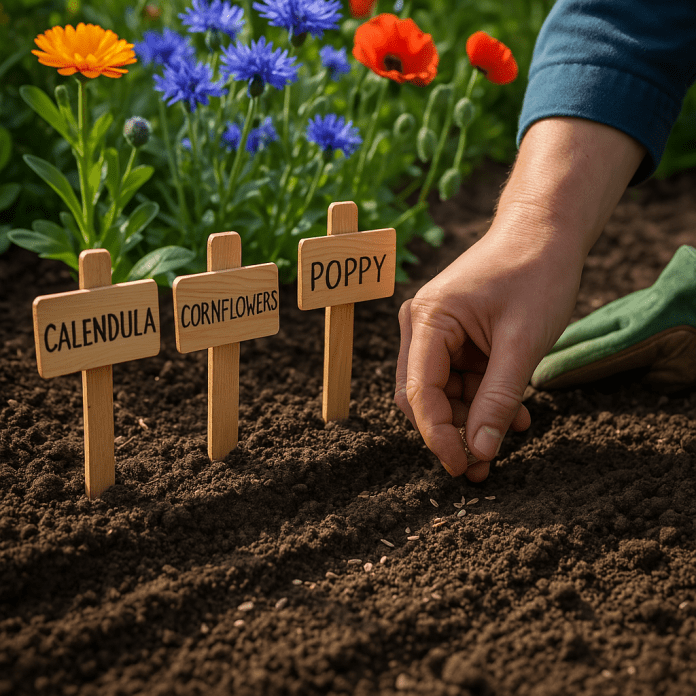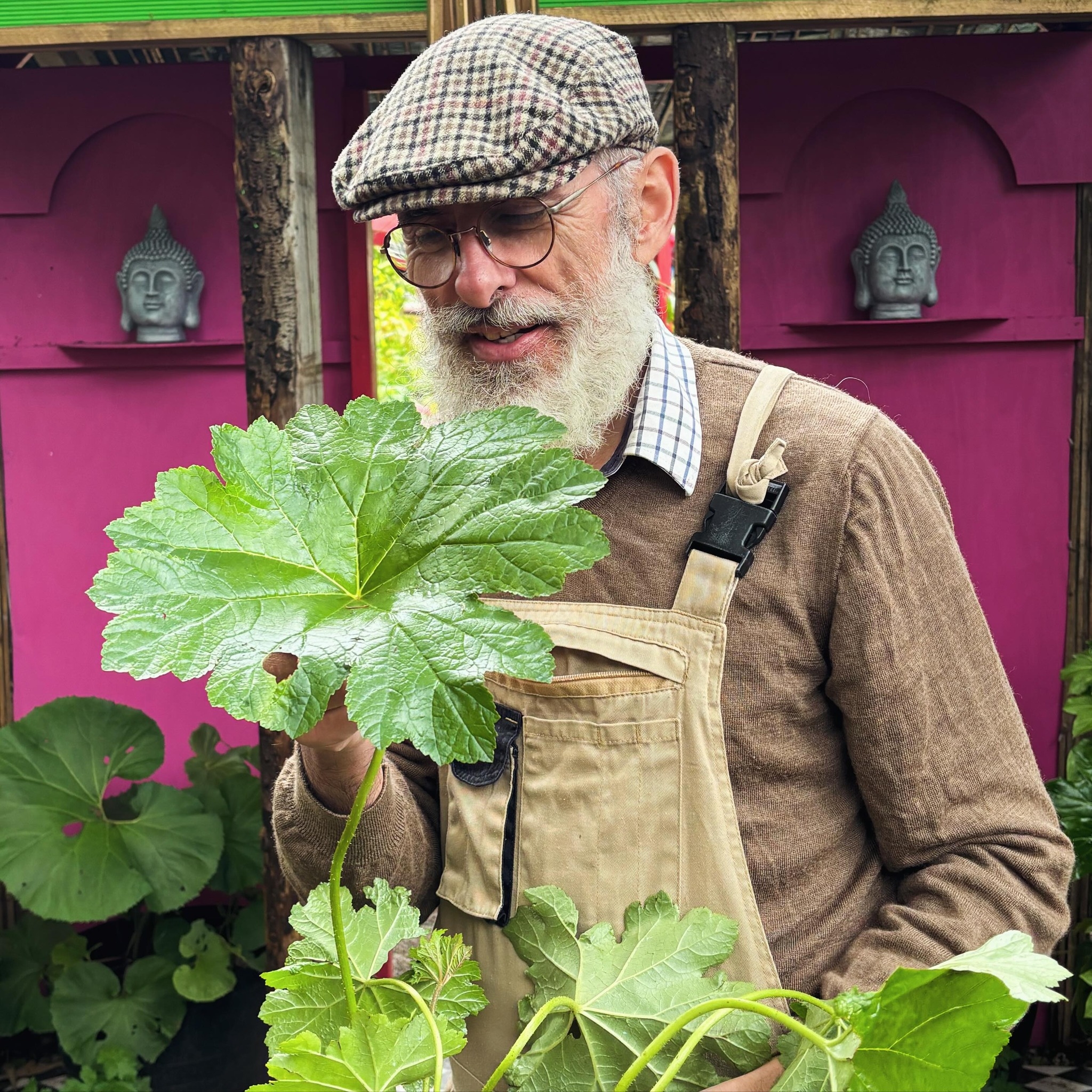🌼 Sow Hardy Annuals Directly Outdoors: A Spring Job with Big Rewards
As the soil begins to warm in early spring, it’s the perfect time to sow hardy annuals straight into the garden. These resilient plants don’t need the cosseting of a greenhouse or propagator — they’re tough enough to handle a bit of chill and reward you with vibrant colour all summer long.
Whether you’re filling borders, wildflower patches, or cutting gardens, sowing hardy annuals directly where they’re to flower is quick, simple, and incredibly rewarding.
🌿 What Are Hardy Annuals?
Hardy annuals complete their life cycle in one growing season — from seed to flower to seed again — but they can tolerate cooler weather and light frost. That means you can sow them earlier in the year than tender types.
Some of the most popular and reliable hardy annuals include:
- Calendula (Pot Marigold) – cheerful orange and yellow blooms that flower for months
- Cornflowers – sky-blue favourites of cottage gardens and wildflower mixes
- Poppies – both field poppies and ornamental varieties add classic charm
- Nigella (Love-in-a-Mist) – delicate flowers and feathery foliage
- Larkspur – tall spikes in soft pastels and rich blues
- Clarkia – bright and frilly blooms for early summer cheer
- Godetia – silky-textured flowers in pinks and purples
🧤 What You’ll Need
- A clear, weed-free patch of soil
- Rake and hand fork or hoe
- Your chosen hardy annual seeds
- Watering can with a fine rose
🌱 How to Sow Hardy Annuals Outside
- Prepare the Soil
Choose a sunny spot and remove weeds, stones, and debris. Fork over the soil and rake it to a fine, crumbly texture — known as a tilth. - Mark Out Drills or Scatter
You can sow in shallow rows (drills) about 1cm deep, or broadcast the seed for a naturalised look. Follow spacing guidance on the seed packet. - Sow the Seeds
Sow thinly to avoid overcrowding. You can always thin out later, but too many seedlings will struggle. - Cover Lightly and Water
Rake or sprinkle soil over the seeds to cover them, then gently water using a fine rose. - Label the Rows
It’s easy to forget what’s where! Use plant labels or write in pencil on a lollipop stick. - Keep Moist and Weed-Free
As seedlings emerge (usually within 1–3 weeks), keep the area watered and remove any weeds that pop up. - Thin the Seedlings
Once large enough to handle, thin out seedlings to allow space for healthy growth and airflow.
🐝 Great for Pollinators
Most hardy annuals are brilliant for bees, butterflies, and other pollinators. A patch of cornflowers or calendula is like a nectar buffet in summer.
🌼 Succession Sowing Tip
For a longer display, sow a second batch 2–3 weeks after the first. This keeps the show going well into late summer.
🛑 Don’t Forget
- Avoid sowing in cold, wet soil — wait until it’s crumbly and workable
- Protect early sowings with cloches or fleece if a frost is forecast
- Water gently — a heavy hand can wash seeds away
✨ Final Thoughts
Sowing hardy annuals directly into the ground is one of the easiest, most satisfying gardening tasks. With just a packet of seeds and a patch of earth, you can grow a summer full of colour, scent, and wildlife.
Whether you go for the romantic haze of nigella and poppies, or bold beds of calendula and cornflowers, sowing direct means less faff and more flowers.




